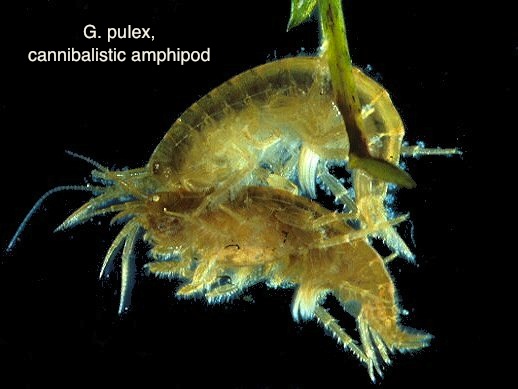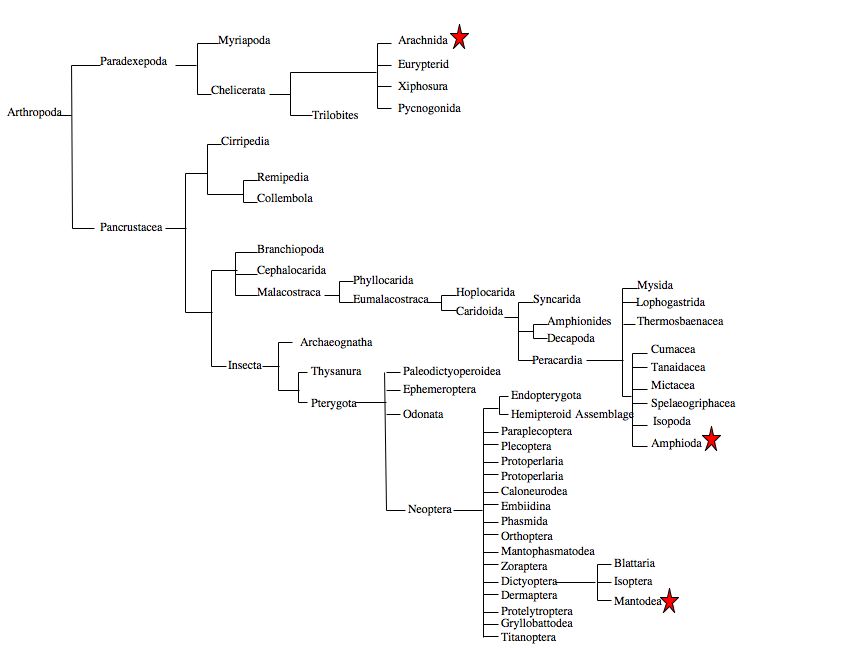Sexual cannibalism in Praying Mantis
Biology 342 Fall 2012
Anand Panchal, Kimmy Stanton, Emmeline Hill
Evolution
 Why has sexual cannibalism persisted?
Why has sexual cannibalism persisted?
Sexual cannibalism is a phenomenon that has been observed in many species of arachnids, insects, and amphipods. Why it has evolved across a diverse range of creatures is still a matter of debate. There are four main hypotheses for the evolution and maintenance of sexual cannibalism among insect and arachnid groups. The first is that it is an extreme form of female mate choice where females are eating males of an undesirable phenotype while more desirable males are a permitted to mate, without being devoured. Next, some think it is the product of selective pressures for more aggressive females during earlier life stages. Alternatively, it has been proposed that sexual cannibalism occurs due to an increased foraging vigor in smaller females. Lastly, sexual cannibalism could be an adaptive foraging strategy, meaning females receive enough nutrients from feeding on their mates to boost their survival and fecundity (Barry, 2008).
Just for the ladies?
While those theories focus on the benefit to the female, studies have also been done regarding possible selective pressures on males that might encourage sexual cannibalism. For example, male redback spiders that are cannibalized are able to mate for twice as long as the other males and sire twice as many offspring (Suttle, 1999). In some orb-weaving spiders the males die during copulation, leaving their sex organ stuck in the female’s receptacle and preventing her from mating again.
But why the praying mantis?
According to a study performed on the praying mantis species Pseudomantis albofimbriata in 2008, sexual cannibalism appears to have evolved because of the nutritional benefit female mantis receive from eating their mates (Barry, 2008). The cannibalistic females improved their health and produced heavier egg sacs than the noncannibalistic females. In addition, females in poorer condition were more likely to be cannibalistic than females in good condition. The study also determined that the other three main hypotheses for the evolution of sexual cannibalism did not apply to praying mantis. Nor does there seem to be any benefit in the act of sexual cannibalism for male praying mantises.
Size Matters
The adaptive foraging hypothesis, however, does not hold true for all species that engage in sexual cannibalism. Male and female praying mantises are relatively close in size (Barry, 2008). In contrast, many sexually cannibalistic species of spiders have very large sizes differences, with the males being very tiny and not likely to provide a significant nutritional benefit to the females. Rather, there seem to be various evolutionary pressures that have driven the rise of sexual cannibalism across many different species (Zimmer, 2006). What a bizarre case of co nvergent evolution!
nvergent evolution!
Figure 1. This tree identifies the three classes of arthropods where sexual cannibalism has been observed.